Starting a Bullet Journal – 5 Ideas
This post may contain affiliate links provided for your convenience. We earn commissions if you shop through the links on this page. I am also an Amazon Associate and earn from qualifying purchases Read my full disclosure policy.
Have you been thinking about starting a bullet journal, but aren’t sure what you want to use it for? The beauty of the bullet journal is that its uses and possibilities are endless. Don’t let the all the possibilities intimidate you. These 5 ideas are perfect for new bullet journalers.
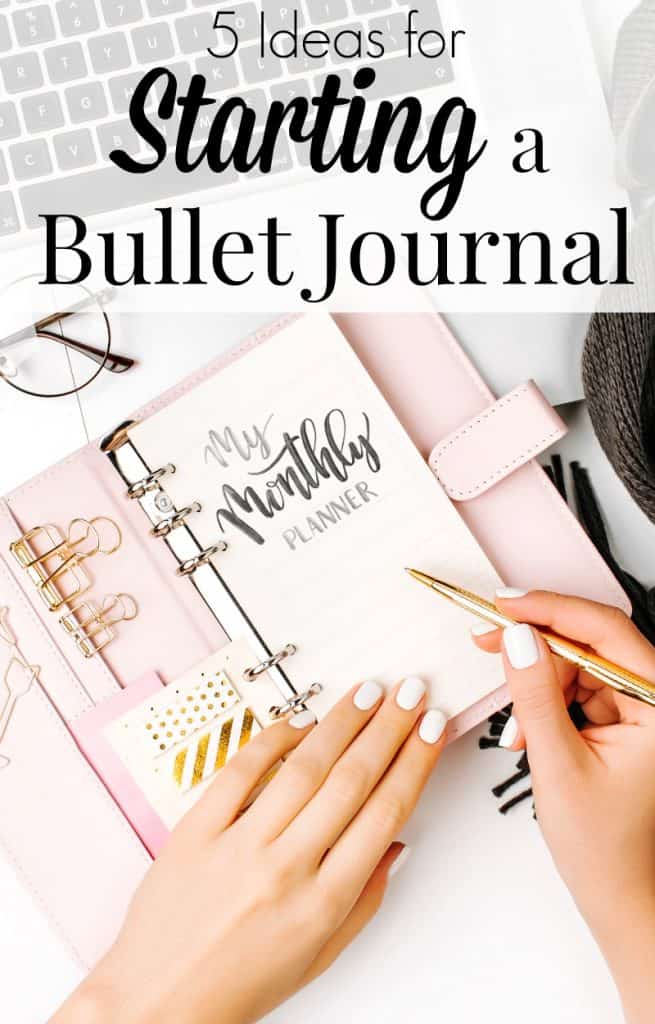
Forget about old-school planners – this generation’s planners are all about customization! Bullet journaling is a planner format that can be used to make to-do lists, calendars, and so much more. While some people build their journal from scratch, you can also buy a bullet journal kit to get started. The reason to start a bullet journal and use it is simple: it’s designed by you, for you.
What goes in a bullet journal?
- A bullet journal is personalized by you for you.
- You include only what you want to use.
- There are commonly used components to a bullet journal, but don’t feel that you have to include all or even any of them. Use what what works for you.
- Commonly used parts of a bullet journal:
- Index
- Monthly Spread – similar to a calendar
- Weekly Spread – similar to a weekly planner
- Daily Spread – similar to a daily planner
- Future Log – to record and keep track of future tasks
- Notes
- Habit Trackers – used to develop, maintain or break habits
- Creative Pages – for art, journaling or anything creative
- You can decorate your bullet journal if you want to use as a creative outlet.
- You can choose to use the minimalist bullet journal format and use it strictly for function.
- Try any spreads or collections that look useful or interesting. Keep the ones that work for you. Eliminate or adapt the ones that don’t.
A quick search on Pinterest will show bullet journal spreads for just about everything. From time management spreads to progress trackers to gratitude trackers, you’re bound to find a page (or two or three or more!) that inspires you. No matter what your goals may be, starting a bullet journal can help you achieve them.
Although there are countless ways to utilize a new bullet journal, these spreads are a good starting point for beginners. Save room in your journal for all the new ideas you come up with!

Starting a Bullet Journal
A bullet journal is made of up an index, collections or spreads, notes and trackers.
- A spread or collection is a section in your bullet journal. You can create a spread about anything you want. Common spreads are:
- Monthly Calendar
- Weekly Planner
- Daily Planner
- Trackers are tools to track habits or goals that you are working towards.
Look over my full-page bullet journal template pages to see if they’re right for you. You can download them immediately and as many times as you’d like.
Weekly Organizer Pages
There are many ways to set up a weekly organizer spread. Vertical layouts are great for daily to-do lists, while horizontal layouts work better for writing longer notes. Use your weekly organizer spread, aka your “weekly” like you’d use a school planner, but leave room for some small trackers or stickers. As long as your “weekly” helps you manage your responsibilities, there’s no wrong way to set it up!
When you’re starting a bullet journal, don’t stress over which weekly spread format to use. Try one for a bit and then try another. You may even find that you create your own unique version to meet the exact needs you have. This is the beauty of a bullet journal – you make it work for you!
Some people use a different theme for their spreads every week, while others change it up once a month. Use a theme to guide you as you decorate your pages.
And if you don’t have the time or inclination to decorate your bullet journal spreads, minimal bullet journaling may be for you.
If you’re interested in trying a daily spread, you can download my free bullet journal daily spread pdf and give it a try today.
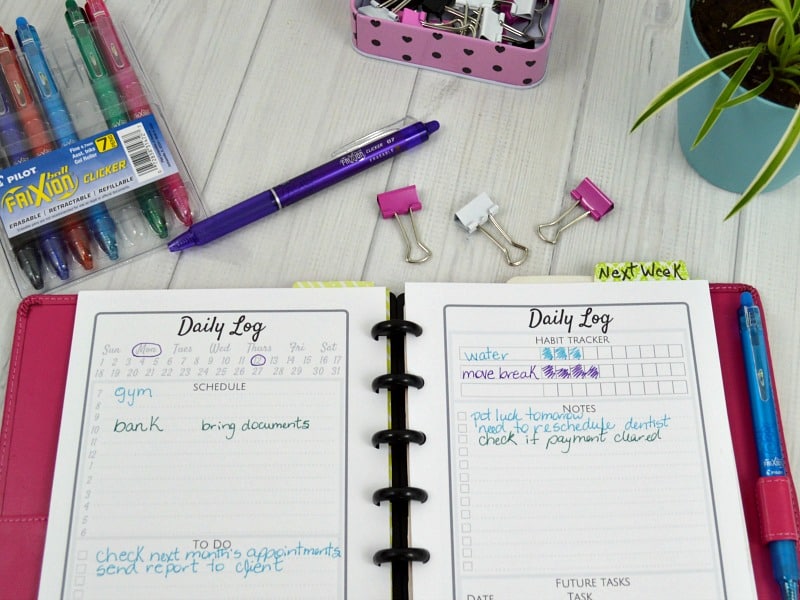
Habit Tracker
If you’re trying to break, develop or maintain a habit, track your progress with a habit tracker. Using a dotted or gridded bullet journal, draw shapes that can be filled in when you accomplish a goal for the day. A simple, shape-based tracker works well for tracking things like getting to work on time, showering, or keeping in touch with family and friends. That’s because there’s no “grey area” when keeping track of these activities – either you did them or you didn’t.
More complex activities call for more creative tracking systems. Many people use color-coded mood trackers, for example. To track your sleeping habits, you can create a line graph or a page like this one. Use layouts from Pinterest users to get your creative juices flowing! And as always when starting a bullet journal, use what works for you and adapt what doesn’t to work better for you.
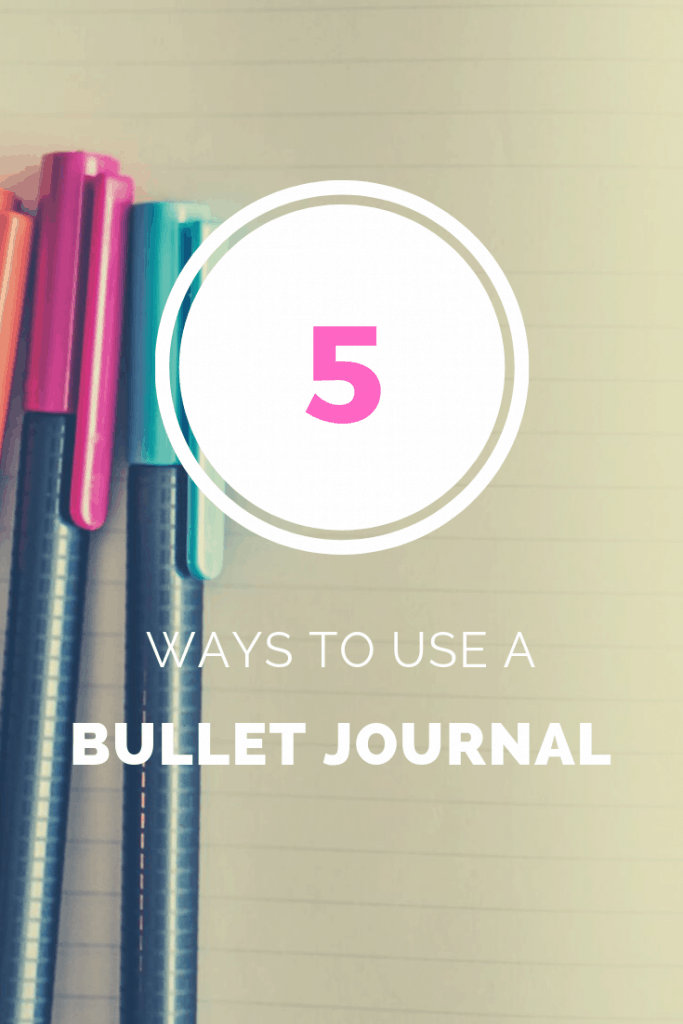
Budget
Budget for Everyday Expenses
Create budgeting spreads for everyday finances. Using your bullet journal, keep track of bills that need to be paid. At the beginning of each month, set up a monthly budgeting spread to plan for all your expenses. Include anything that frequently takes a chunk out of your paycheck, like grocery shopping or childcare services. Take a look at my Best Budget Worksheets for Graduates for inspiration in creating your own budget spread.
Budget for an Specific Event
Weddings, vacations, and moving can quickly become expensive. Use a budget planner page to keep track of what’s been purchased and where you might need to cut back on spending. Create a pie chart to give yourself an idea of just how expensive each item is. Your plane tickets alone could make up 75% of your trip budget, so mapping it out will give you a better idea of how much money you really have to spend!
It can be daunting to plan a big event, only to discover how expensive it will be. Keep track of how close you are to funding your event to stay motivated.
Positive Messages
Some people are instantly in a better mood after reading positive, inspirational messages. If that sounds like you, set aside bullet journal pages for positive reinforcement! These pages can be simple, like a list of things you love about yourself, a daily gratitude page, or a favorite prayer. Anything that will lift your spirits on a gloomy day is fair game for these pages!
Positive messages can be spread throughout your journal. Throw some quotes on your weekly spreads and habit trackers!
Starting a bullet journal is just the beginning of discovering the power of bullet journaling. There is truly no limit to what you can do with a bullet journal. There are no rules for creating your organization system, leaving plenty of room for fresh ideas and creativity.
Pin for later so you can always find these tips for starting a bullet journal.
For more simple and powerful productivity tips, hacks and printables, see the table below. You can scroll though the table and look for ideas or search for specific ideas with the magnifying glass in the upper right-hand corner (on desktop). Click on the topic and then click through the specific article.

I’m a mom of 3, a veteran, military spouse. I’ve moved into 20+ homes all around the world. My passion is helping busy people make the space and time for what’s really important to them. Learn more about Organized 31 and me.
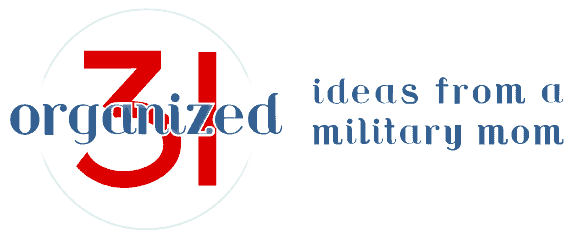
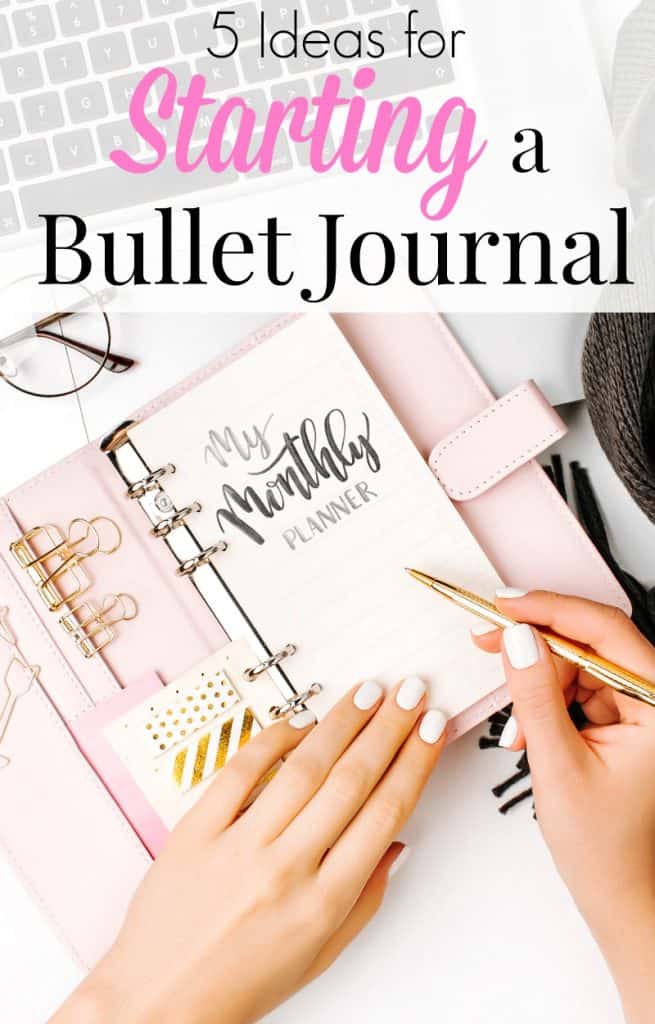
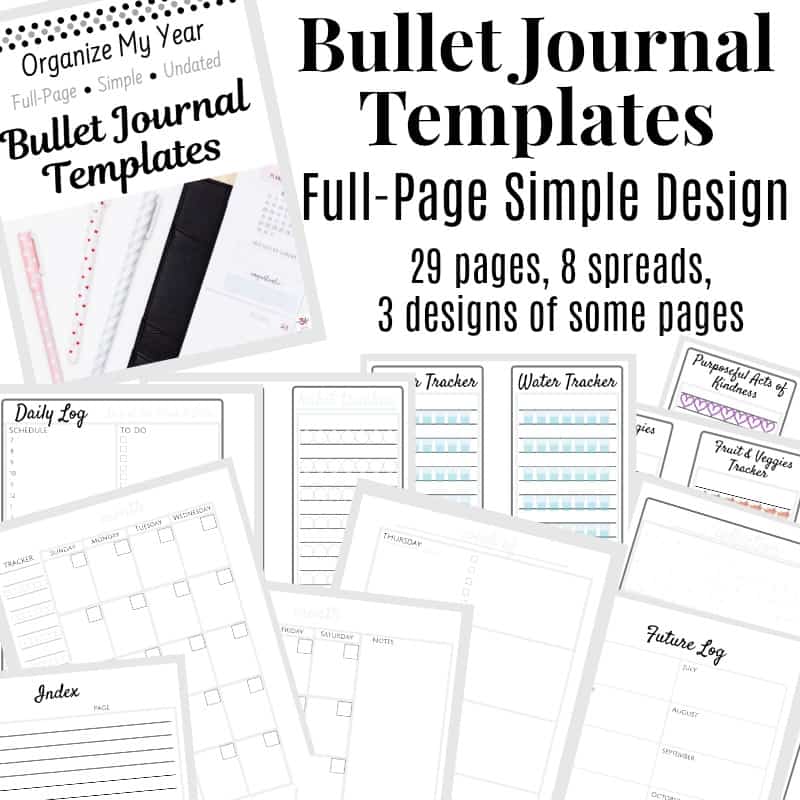
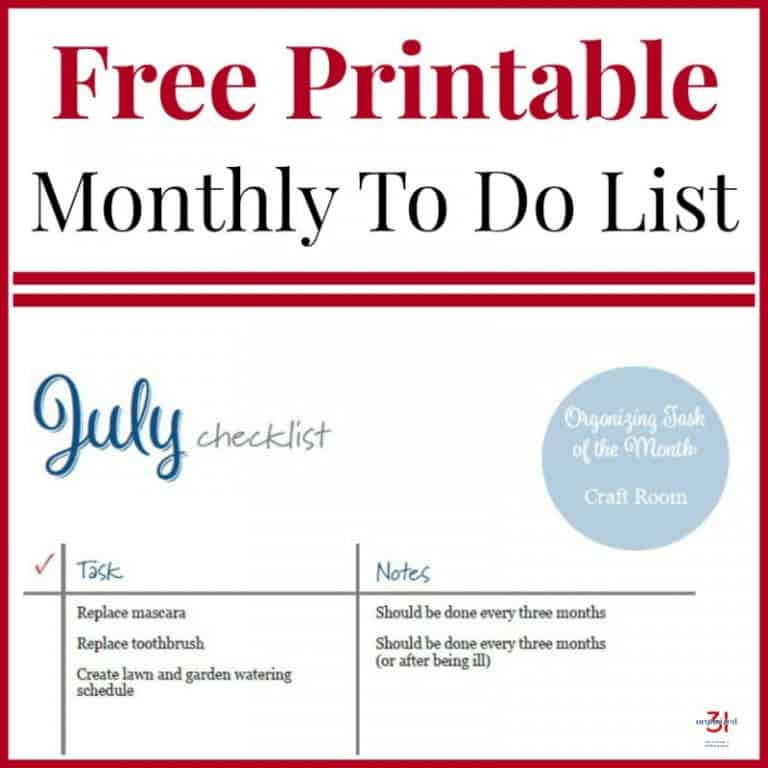
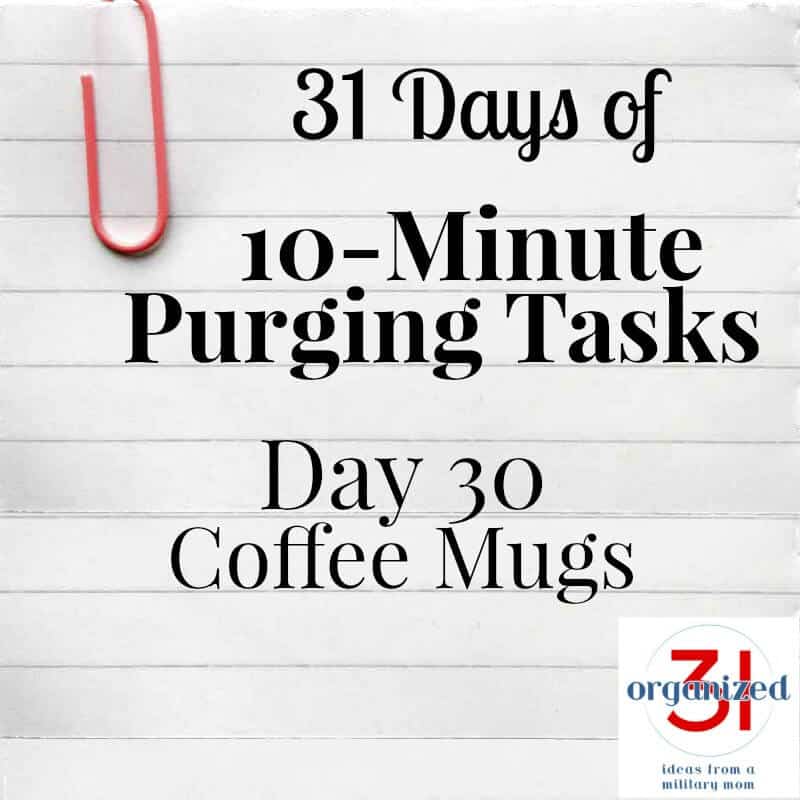
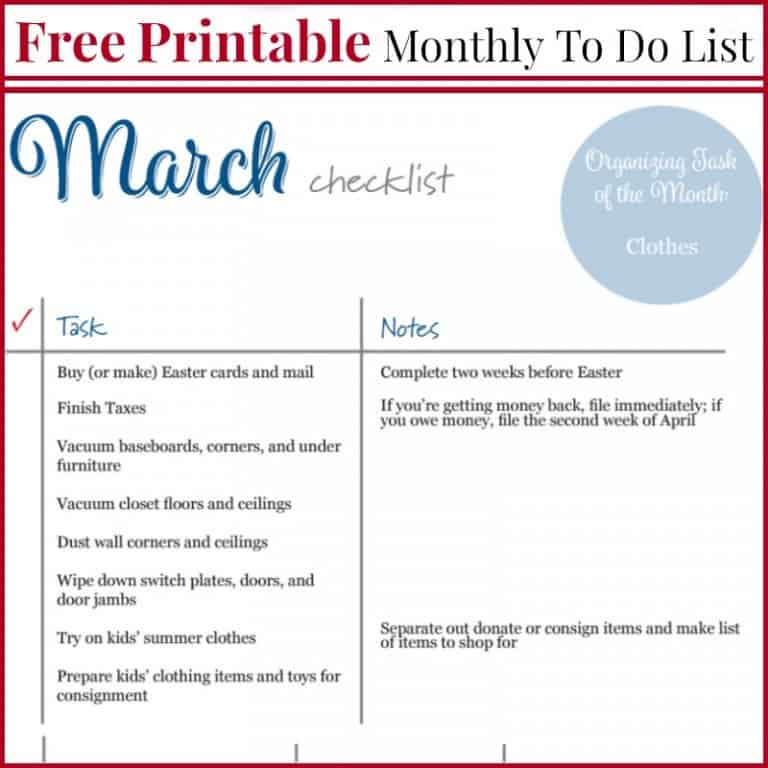


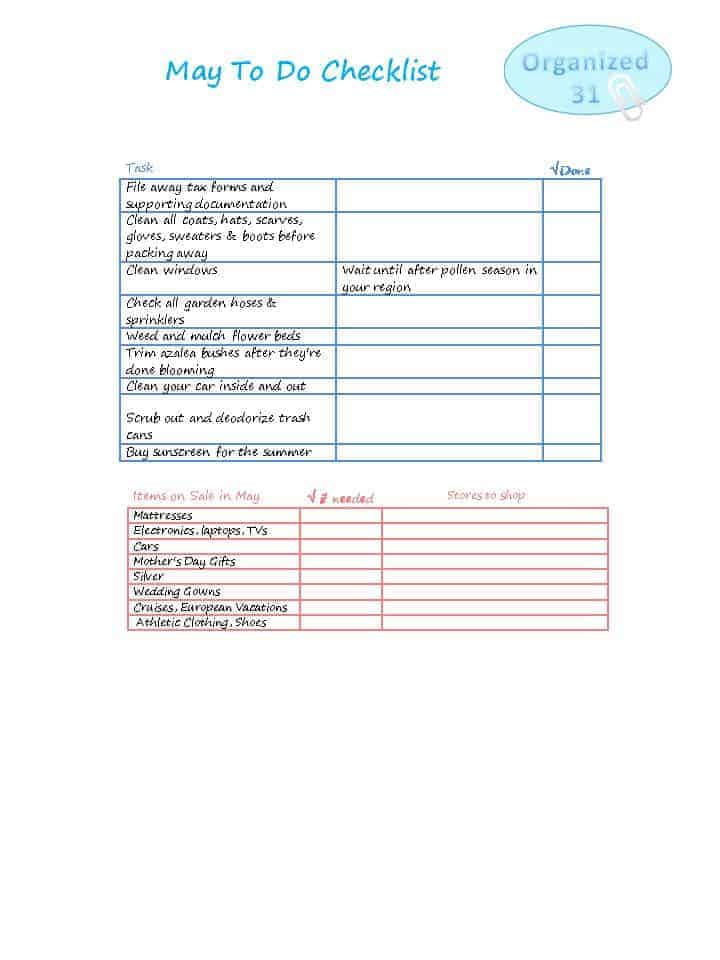
I led a seminar on this for our local MOPS group. The start of a new year is a perfect time to hop onto this idea and get things in order. Love bullet journaling!
Wish I could have attended your seminar, Seana! Bullet journaling fan fist bump to you.